Breeding among animals often starts with violence, proceeds with violence, and ends with violence. The entire breeding process is even like a nightmare, and sometimes even results in death. This article will take stock of the top ten animals with strange reproductive behaviors, including quolls, bedbugs, weevils, flatworms, bees, octopuses, angler fish, Pacific banana slugs, jumping spiders, and orb spiders. The following are the details, let’s take a look.

1. Quoll
Every winter, female quolls enter their breeding season, triggering a violent breeding frenzy within the quoll family. Male quolls will breed with as many females as possible. They grab the female by the neck and forcefully drag her away to breed. Typically, a quoll's breeding time lasts up to 3 hours, but sometimes it can last all day. The reason for this "protracted battle" is that male quolls cannot ejaculate a lot of liquid at one time and must ejaculate multiple times to ensure that the female is pregnant and thus continue her genes. After breeding, male quolls will collectively choose to die in order to avoid competing with their offspring for food in the otherwise harsh environment.

2. Bedbugs
Bed bugs reproduce in a very unusual way. Male bed bugs do not woo first and then reproduce like some other animals. When they reproduce, they do not look for the female's reproductive organs. Instead, they pierce the female's reproductive organs directly into the female's stomach, then scurry away after ejaculating. The fluid then enters the female's bloodstream, where it flows into the spermatheca and finally into the ovary. This method of reproduction has a terrible name: traumatic penetration.
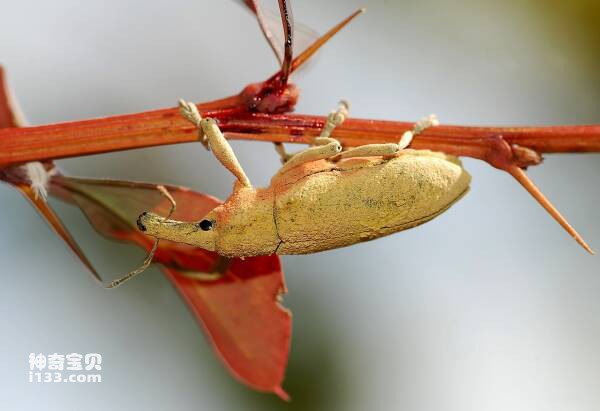
3. Weevil
There are more than 350,000 species of beetles living on the earth, and their reproduction methods are diverse and unique. When it comes to reproduction, the female weevil suffers the most tragic fate. Male weevils have terrible spines on their reproductive organs that often injure females during reproduction. Since they know that reproduction is an extremely painful process, why do female weevils agree to reproduce with males? Weevils live in unusually dry areas, and the liquid provides the female weevils with much-needed water. After getting enough water, the female's interest in breeding decreases significantly. When there is a lack of water, they are full of hunger and thirst for breeding.
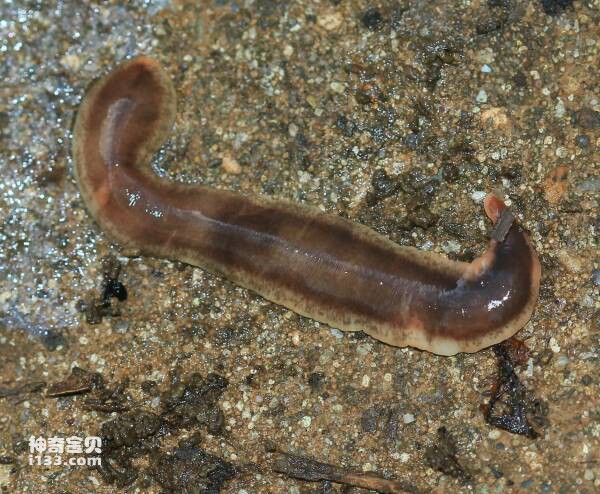
4. Flatworms
Reproduction may not seem difficult for hermaphroditic animals, but this is often not the case. In the case of flatworms, they fight for the right to be fathers, making reproduction a fraught activity. This animal has a dagger-like reproductive organ, which is used not only for reproduction but also for hunting food. When breeding, two flatworms duel, neither wanting to play the mother's role. The stung flatworm will become the mother and take on the responsibility of raising the offspring, while the winner continues to enjoy the life of a bachelor and looks for the next breeding partner.
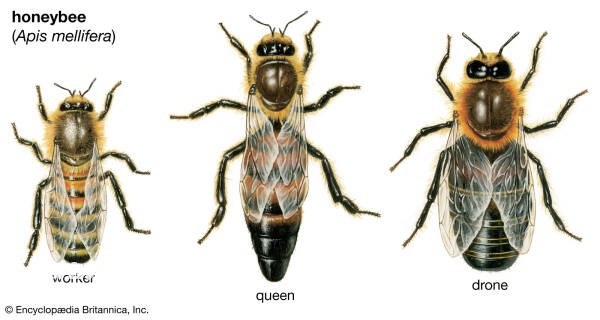
5. Bee
We all know that bees die soon after they sting. After breeding with the queen, the drones suffer the same fate. Before breeding, the new queen will eliminate all her sisters to ensure that her dominance over the hive is not threatened. The queen will breed with a dozen drone bees. These breeding subjects are selected from tens of thousands of drones in the hive, which sounds lucky, but this good fortune can quickly turn into bad luck. The drone dies shortly after the reproductive organs burst inside the body. The queen stores the liquid for later use. These fluids can produce 1,500 eggs per day and can last for 3 years.
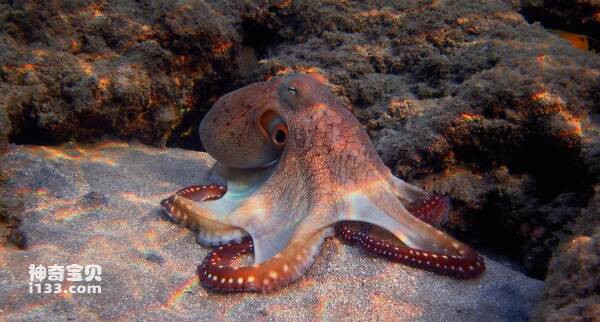
6. Octopus
The reproductive process of some octopus species is even weirder. The reproductive organs of the male paper nautilus octopus can detach from the body and swim towards the female. Male cape octopuses are about one 40,000 times the size of females. They swim to the selected female, then attach their reproductive organs to the female, and finally swim away, dying soon after. The female is barely aware of the entire process. . The male's reproductive organs move all the way to the female's gill opening, waiting for her eggs to mature. At this point, it removes its reproductive organs and tears apart its spermatozoa, allowing the fluid to combine with its eggs. At this time, its husband may no longer be alive.
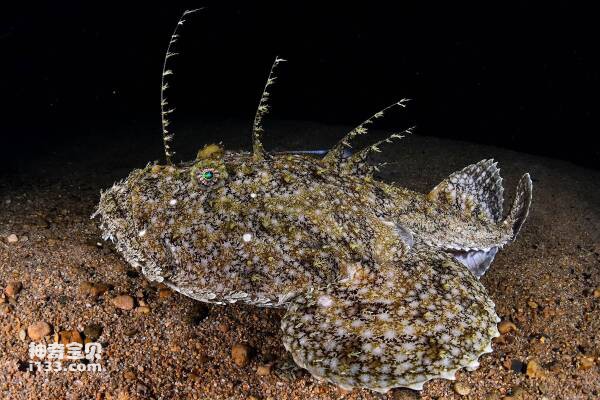
7. Angler fish
Not only do the angler fish look ugly, the male fish is also very cunning in what they do. You are looking for a life partner who will be extra attentive to the "lady" you wish for. Not so with the anglerfish. The male fish finds a beautiful "lady", bites her, and then releases a biochemical enzyme that sticks the two of them together, and they stay stuck like this, hugging each other forever. When a female is ready to reproduce, the male's reproductive organs provide her with sperm.

8. Pacific Banana Slug
Pacific banana slugs use pheromones to attract other slugs to reproduce. These species are hermaphroditic, with each animal having two sets of male and female reproductive organs. Banana slugs can breed and lay eggs all year round. The breeding ceremony may last for more than 12 hours, and is often twisted to an incredible degree. Their breeding conditions are very harsh and cruel. First, they will choose partners with similar reproductive organs. Second, they will When breeding, the hermaphrodite banana slugs chew on each other's reproductive organs.
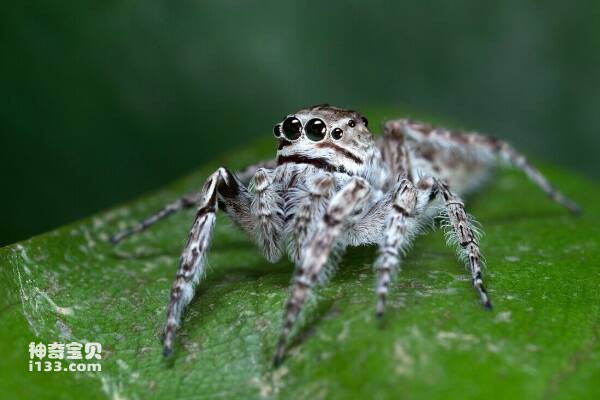
9. Jumping spider
Jumping spiders use UVB to communicate during courtship, but UVB is invisible to humans. The scales on a male jumping spider's body can appear white and green when exposed to ultraviolet light, and for a female jumping spider, its tentacles can appear green when exposed to ultraviolet light. Without UVB conditions, jumping spiders lose interest in breeding. That is to say, when the opposite sex is under light conditions without ultraviolet light, the gorgeously colored scales or tentacles do not exist, and it is difficult for jumping spiders to become interested in reproduction.
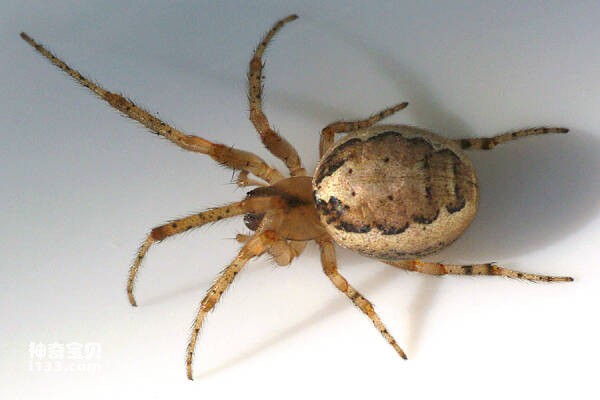
10. Orb spider
During the reproduction process of orb spiders, males will voluntarily sacrifice their bodies, die according to established procedures, or serve as food for the females. After the male injects fluid into the female with his tentacles, she dies immediately. The male's heartbeat will stop while he inserts the injected fluid. This strategy of willing sacrifice by ensuring paternity further promotes male reproductive success. The tentacles of a dead male orb spider will remain inflated, making them difficult to remove from the body. This tentacle acts as a reproductive socket, preventing other competitors from taking over the female's body.
The list of the top ten animals with strange reproductive behaviors is mainly based on various behaviors and other related information during the breeding period of each animal, and comprehensively refers to relevant Internet rankings/lists for recommendations. The list is for reference only to help you understand the top ten animals. Animals that behave strangely. If you have any questions, please comment/communicate at the end.
animal tags: Breeding quolls bugs weevils flatworms bees octopus
We created this article in conjunction with AI technology, then made sure it was fact-checked and edited by a Animals Top editor.